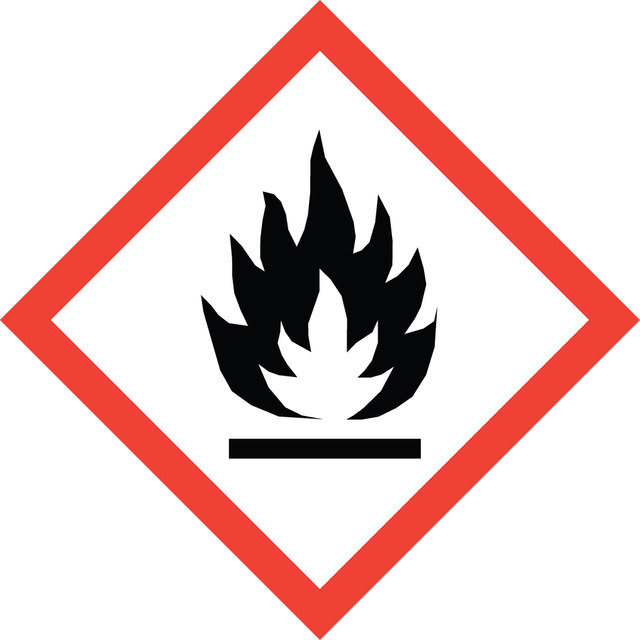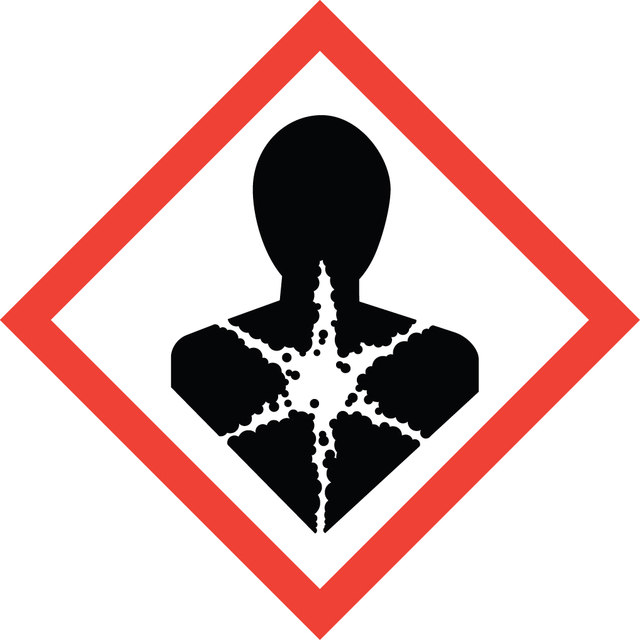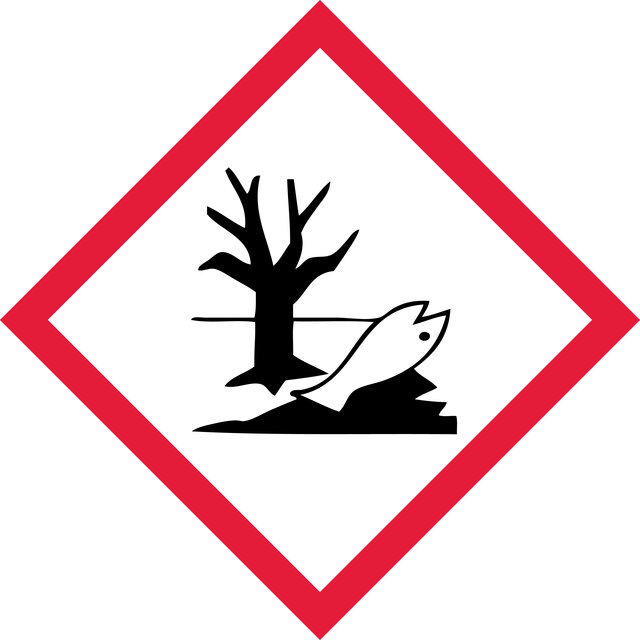Select a Size
About This Item
83 mmHg ( 37.7 °C)
grade
HPLC grade
Quality Level
vapor density
3.5 (vs air)
vapor pressure
40 mmHg ( 20 °C)
83 mmHg ( 37.7 °C)
Assay
≥99%
form
liquid
autoignition temp.
433 °F
purified by
filtration through 0.2μm
expl. lim.
7 %
greener alternative product characteristics
Safer Solvents and Auxiliaries
Learn more about the Principles of Green Chemistry.
sustainability
Greener Alternative Product
technique(s)
HPLC: suitable
impurities
≤0.001% free acid (as CH3COOH)
≤0.01% water (Karl Fischer)
≤1 ppb fluorescence (quinine) at 254 nm
≤1 ppb fluorescence (quinine) at 365 nm
evapn. residue
≤0.0003%
color
APHA: ≤10
refractive index
n20/D 1.387 (lit.)
bp
98 °C (lit.)
mp
−91 °C (lit.)
density
0.684 g/mL at 25 °C (lit.)
UV absorption
λ: 200 nm Amax: ≤0.70
λ: 210 nm Amax: ≤0.40
λ: 220 nm Amax: ≤0.10
λ: 230 nm Amax: ≤0.05
λ: 245 nm Amax: ≤0.01
λ: 260 nm Amax: ≤0.01
λ: 400 nm Amax: ≤0.01
greener alternative category
SMILES string
CCCCCCC
InChI
1S/C7H16/c1-3-5-7-6-4-2/h3-7H2,1-2H3
InChI key
IMNFDUFMRHMDMM-UHFFFAOYSA-N
Looking for similar products? Visit Product Comparison Guide
General description
Tools and techniques for solvent selection: green solvent selection guides.
Heptane (n-Heptane) is a linear hydrocarbon. Its cetane number has been reported to be 56.
Application
Features and Benefits
Other Notes
Tools and techniques for solvent selection: green solvent selection guides
The article number 34873-4X2.5L will be discontinued. Please order the single bottle 34873-2.5L which is physically identical with the same exact specifications.
Signal Word
Danger
Hazard Statements
Precautionary Statements
Hazard Classifications
Aquatic Acute 1 - Aquatic Chronic 1 - Asp. Tox. 1 - Flam. Liq. 2 - Skin Irrit. 2 - STOT SE 3
Target Organs
Central nervous system
Storage Class Code
3 - Flammable liquids
WGK
WGK 2
Flash Point(F)
24.8 °F - closed cup
Flash Point(C)
-4 °C - closed cup
Regulatory Information
Choose from one of the most recent versions:
Already Own This Product?
Find documentation for the products that you have recently purchased in the Document Library.
Articles
Substances are said to be miscible in one another if they dissolve to form a uniform solution. Bookmark or download our miscibility table for common lab solvents.
如果物质相互溶解形成均匀的溶液,就可以说它们相互混溶。收藏或下载我们的常见实验室溶剂混溶性表。
Our team of scientists has experience in all areas of research including Life Science, Material Science, Chemical Synthesis, Chromatography, Analytical and many others.
Contact Technical Service


